Scuba Diving Location Guides… When I first started this site some 10 years ago I did so out of frustration with what was on the internet for dive travel. There was very little factual or useful information available. And what there was generally fell in to one of two categories. Either it was basically a commercial for the location or it was somebody trying to sell you a trip. Both were hopelessly commercial in intent, often poorly written and illustrated and usually completely lacking in objectivity!
So I decided to document my trips in scuba diving location guides as well and as accurately as I could on dedicated pages on this site and in illustrated articles in the dive media. Of course such endeavors are naturally subjective in nature. An illustrated article or web page is not a peer reviewed scientific article. It is basically somebody’s opinion. Mine are obviously based on my opinion, but I go to great lengths to understand and explain why the specific location is special. And I only use images I took on the trip to illustrate what I saw when I was there.
I have written numerous scuba diving location guides but they are distributed all over the site. I have put this page together so that there is one place where you can access them all.
[one-half-first]
Papua New Guinea
PNG is the location I have dived the most over the last 20 years or so. It’s big country with numerous really great diving locations. But (it has to be said…) a pretty mixed reputation for safety.
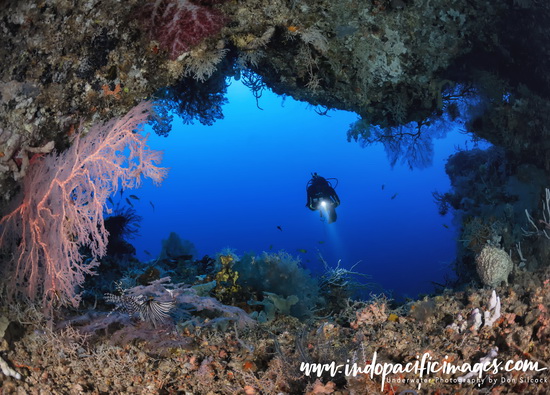
I have been fortunate to have dived all the main locations numerous times and I have never had a situation where I was concerned for my personal safety in all of those visits!
The PNG location guide provides an overview of the country, it’s history, the unique culture and staying safe. Plus guides to each of the main locations of Milne Bay, Tufi, Port Moresby, Kimbe Bay, Rabaul, New Ireland and New Hanover – Read more…
[/one-half-first][one-half]
Tonga’s Humpback Whales
The annual migration of southern humpback whales from their summer feeding grounds in the Antarctic, to the Tongan archipelago, is one of the largest and longest animal movements in the world.
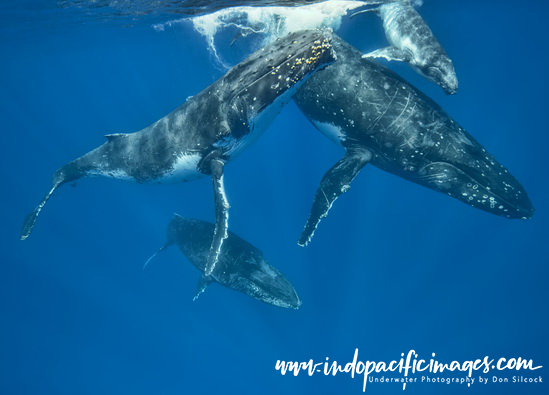
Tonga is one of the few places in the world where you are allowed in the water with the humpbacks. Which has to be one of the best “big animal” experiences you can have!
The Tonga location guide provides an overview of the country and the history of local whaling. Plus pages dedicated to the “Tongan Tribe” humpbacks, how whale swimming actually works and the six different humpback encounters possible in Tonga – Read more…
[/one-half]
[one-half-first]
Giant Australian Cuttlefish
Australian Giant Cuttlefish (Sepia apama) are quite incredible and iconic creatures. Typically solitary animals, they are quite common and found all round the coastline of the southern half of Australia.
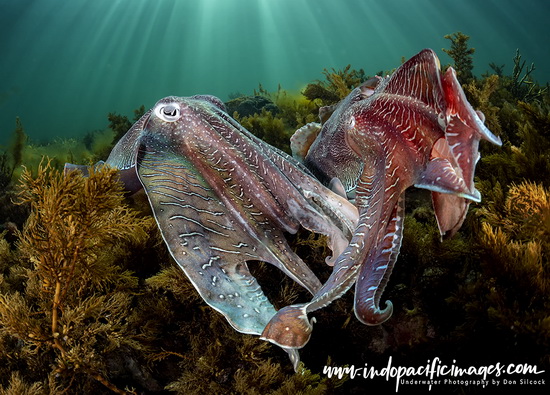
In winter they aggregate in small groups to mate. Everywhere that is except at Whyalla in South Australia where many tens of thousands of them gather – literally just off the beach!
It has been described as “the premier marine attraction on the planet”. And the location guide provides an overview of the Giant Cuttlefish, the annual aggregation and its conservation. Plus how to photograph them together with Whyalla logistics – Read more…
[/one-half-first][one-half]
The Mantees of the Crystal River
Every winter, as water temperatures in the Gulf of Mexico drop, hundreds of Florida Manatees migrate up the Crystal River in to Kings Bay, seeking refuge in the warm water springs of the bay.

And, although the Florida Manatee is classified as endangered. Uniquely to the Crystal River you are allowed in the water with them. With quite a significant tourist industry operating to support all that.
Swimming with the manatees and so many tourists is very much a mixed bag… The Florida Manatee location guide provides an overview of the manatee, its conservation, Crystal River, the future of manatee tourism and a personal opinion about it all – Read more…
[/one-half]
[one-half-first]
Big Animals in the Americas
There are some incredible “big animal” encounters possible in the Americas. And I started my personal to-do list in the Bahamas with tiger sharks at the famed Tiger Beach in Grand Bahama.

From there I did trips to photograph the great hammerheads in Bimini and oceanic whitetips at Cat Island. Then it was Mexico for the Chinchorro crocodiles and whale shark aggregation at Isla Mujeres.
Next it was Socorro, the Mexican Galapagos and then southern right whales in Argentina. The Americas location guide provides detailed overviews, images, logistics and insights in to all those incredible encounters – Read more…
[/one-half-first][one-half]
Japanese Giant Salamanders
The Japanese giant salamander is a most interesting creature that lives in rivers across western and south-western Japan. They are indeed quite large, reaching up to 1.5m in length and 25kg in weight.
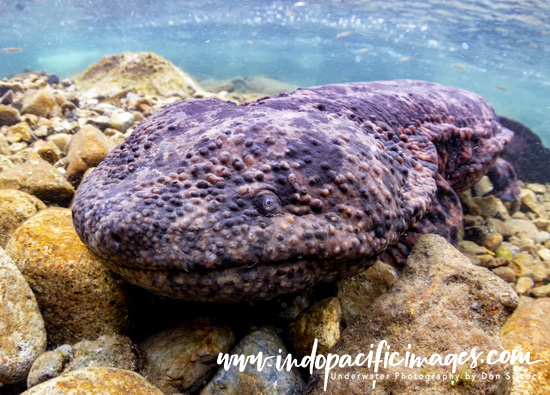
Nocturnal creatures they spend a significant amount of time during the day burrowed in to the river bed. So you have to know where to look for them – which means that a local guide is essential!
The journey to see the giant salamander is an adventure in itself as it takes you from the metropolis that is Tokyo, deep in to rural Japan where few people speak any English. The location guide gives you what you need to embark on and enjoy a truly unique experience – Read more…
[/one-half]
[one-half-first]
Australian Great White Sharks
Probably the most feared and most misunderstood animal in the great brown land down-under! But what is the reality of the great white, or white pointer as we tend to call them locally…
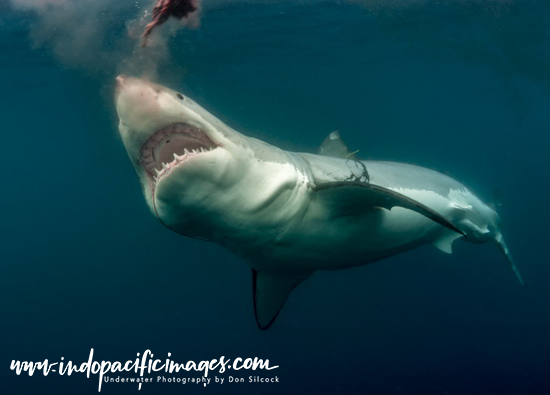
While it is certainly true that the great white is a ferocious and fearsome apex predator. Is it the ruthless killing machine that the tabloid media seem to love nothing more that to portray it as?
To begin to understand these creatures you have to see them in their native environment and South Australia is one of the few places in the world where that is possible. The location guide explains everything you need to know about doing that – Read more…
[/one-half-first][one-half]
Timor Leste
One of the world’s newest countries, Timor Leste is one of the six nations that makes up the Coral Triangle – generally acknowledged as the richest known area of marine biodiversity in the world.
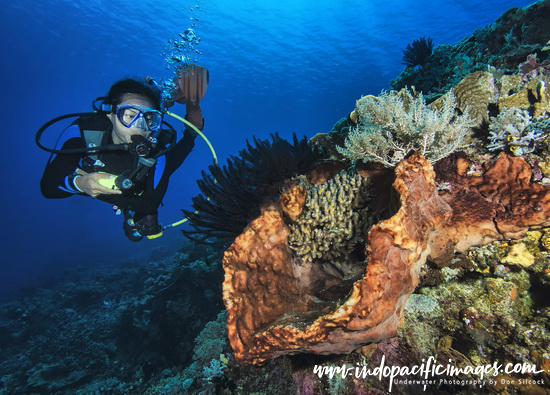
That biodiversity is reflected in the rich reefs on the north coast of the island to the east and west of Timor Leste’s capital Dili. Plus the incredible walls of Atauro Island to the north of Dili.
The Timor Leste location guide provides an overview of the country and its troubled history. Plus pages describing why the diving is good. Along with descriptions of the dive sites in Dili and to the east and west of the city. Finally, there is a complete guide to Atauro Island – Read more…
[/one-half]
